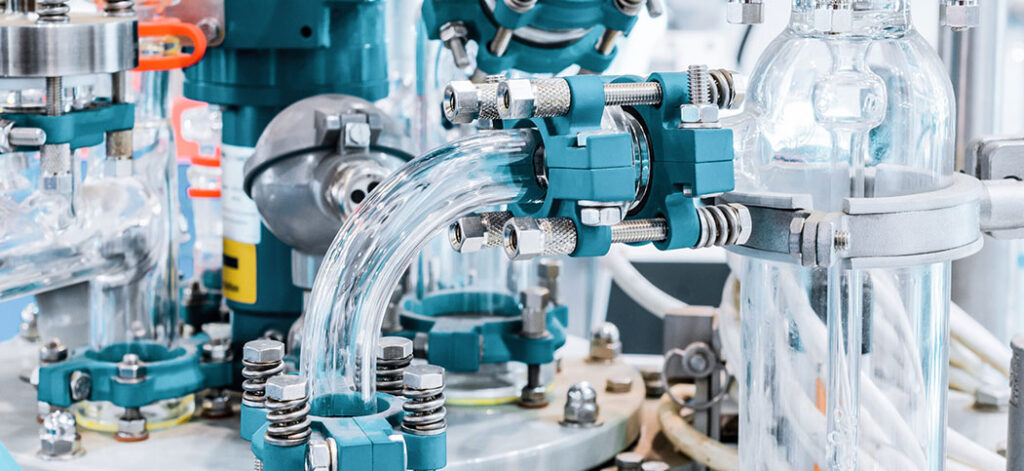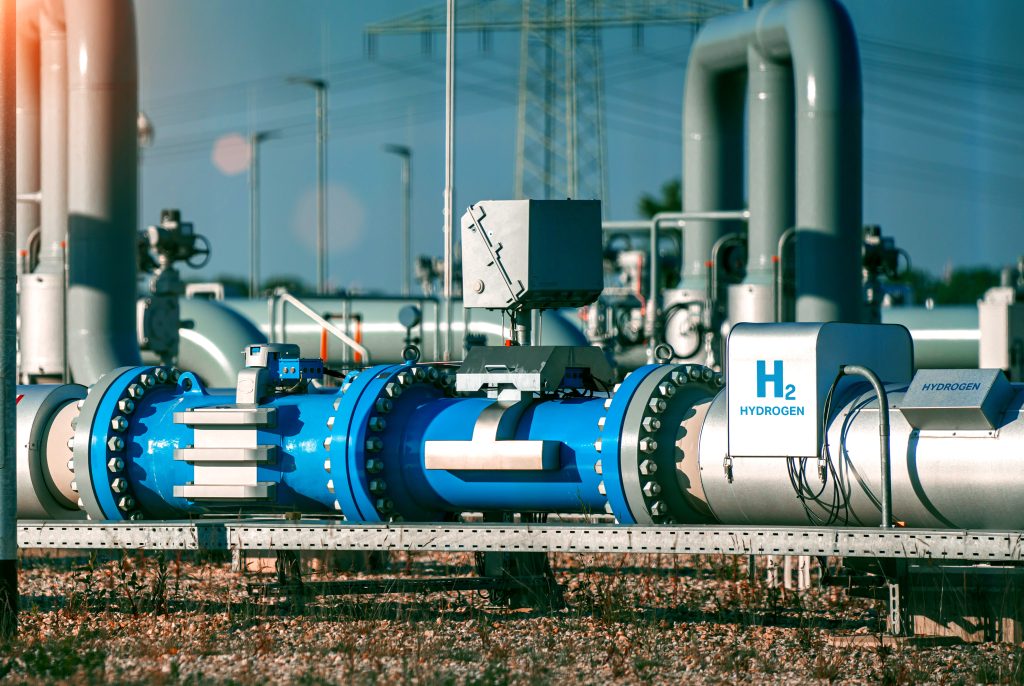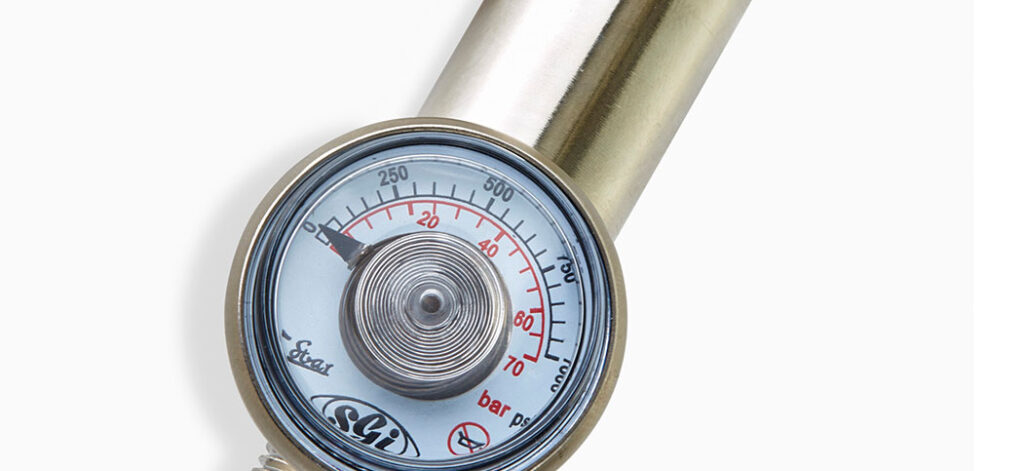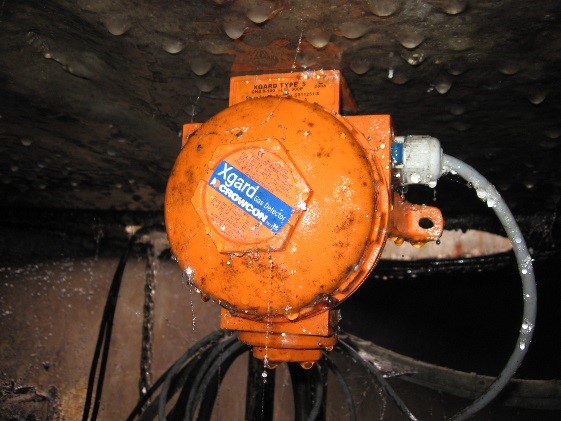De normale concentratie zuurstof in de atmosfeer is ongeveer 20,9% volume. Zuurstofniveaus kunnen gevaarlijk zijn als ze te laag (zuurstofdepletie) of te hoog (zuurstofverrijking) zijn. Dezelfde zuurstofmonitor waarschuwt voor zowel verrijking als verarming.
Zuurstofgebrek:

Zonder voldoende ventilatie kan het zuurstofniveau verrassend snel dalen door ademhalings- en verbrandingsprocessen.
Het zuurstofgehalte kan ook afnemen door verdunning met andere gassen zoals kooldioxide (ook een giftig gas), stikstof of helium, en chemische absorptie door corrosieprocessen en soortgelijke reacties. Zuurstofsensoren moeten worden gebruikt in omgevingen waar een van deze potentiële risico's bestaat.
Bij het plaatsen van zuurstofsensoren moet rekening worden gehouden met de dichtheid van het verdunningsgas en de "ademhalingszone" (neushoogte). Helium is bijvoorbeeld lichter dan lucht en zal de zuurstof vanaf het plafond naar beneden verdringen, terwijl kooldioxide, dat zwaarder is dan lucht, de zuurstof voornamelijk onder de ademzone zal verdringen. Bij het plaatsen van sensoren moet ook rekening worden gehouden met ventilatiepatronen.
De onderstaande tabel toont het effect van een verdunningsgas op het zuurstofniveau
| CONCENTRATIE VAN VERDUNNINGSGAS | RESULTERENDE ZUURSTOFCONCENTRATIE |
| 0.5% | 20.8% |
| 1% | 20.7% |
| 5% | 19.9% |
| 10% | 19.0% |
| 15% | 18.2% |
| 20% | 17.4% |
| 25% | 16.7% |
Zuurstofmonitoren geven meestal een alarm op het eerste niveau wanneer de zuurstofconcentratie gedaald is tot 19% volume. De meeste mensen beginnen zich abnormaal te gedragen als het niveau 17% bereikt en daarom wordt bij deze drempelwaarde meestal een tweede alarm ingesteld. Blootstelling aan atmosferen met tussen 10% en 13% zuurstof kan zeer snel bewusteloosheid veroorzaken; de dood volgt zeer snel als het zuurstofniveau onder de 6% volume zakt.
Het gevaar van zuurstoftekort wordt gemakkelijk onderschat, vooral omdat er ook risico's kunnen bestaan in niet-industriële omgevingen zoals kelders of bars waarCO2 en stikstof worden gebruikt. Zuurstofdepletie als gevolg van corrosie of bacteriële activiteiten vormt een aanzienlijk risico in afgesloten ruimtes zoals pijpen, vaten, riolen en tunnels. Zuurstofsensoren worden vaak geïnstalleerd in laboratoria waar inerte gassen (bv. stikstof) worden opgeslagen in afgesloten ruimtes.
Zuurstofverrijking:
Verhoogde zuurstofniveaus kunnen de ontvlambaarheid van brandbare materialen drastisch verhogen. Als het zuurstofgehalte hoger is dan 24% van het volume, kunnen zelfs materialen zoals kleding die normaal gesproken alleen zouden smeulen, in brand vliegen.
Het risico van zuurstofverrijking bestaat op plaatsen waar zuivere zuurstof wordt opgeslagen, bijvoorbeeld in ziekenhuizen en fabrieken voor de productie en distributie van industriële gassen. Zuurstofsensoren met een stijgend alarm ingesteld op 23,5% volume worden meestal gebruikt in dergelijke omgevingen.
INZICHTEN IN DE INDUSTRIE
Abonneer je en ontvang de nieuwste inzichten
IN je inbox
Lees meer over Crowcon's Privacy en Cookiebeleid hier. Als je van gedachten verandert, kun je je op elk moment uitschrijven






